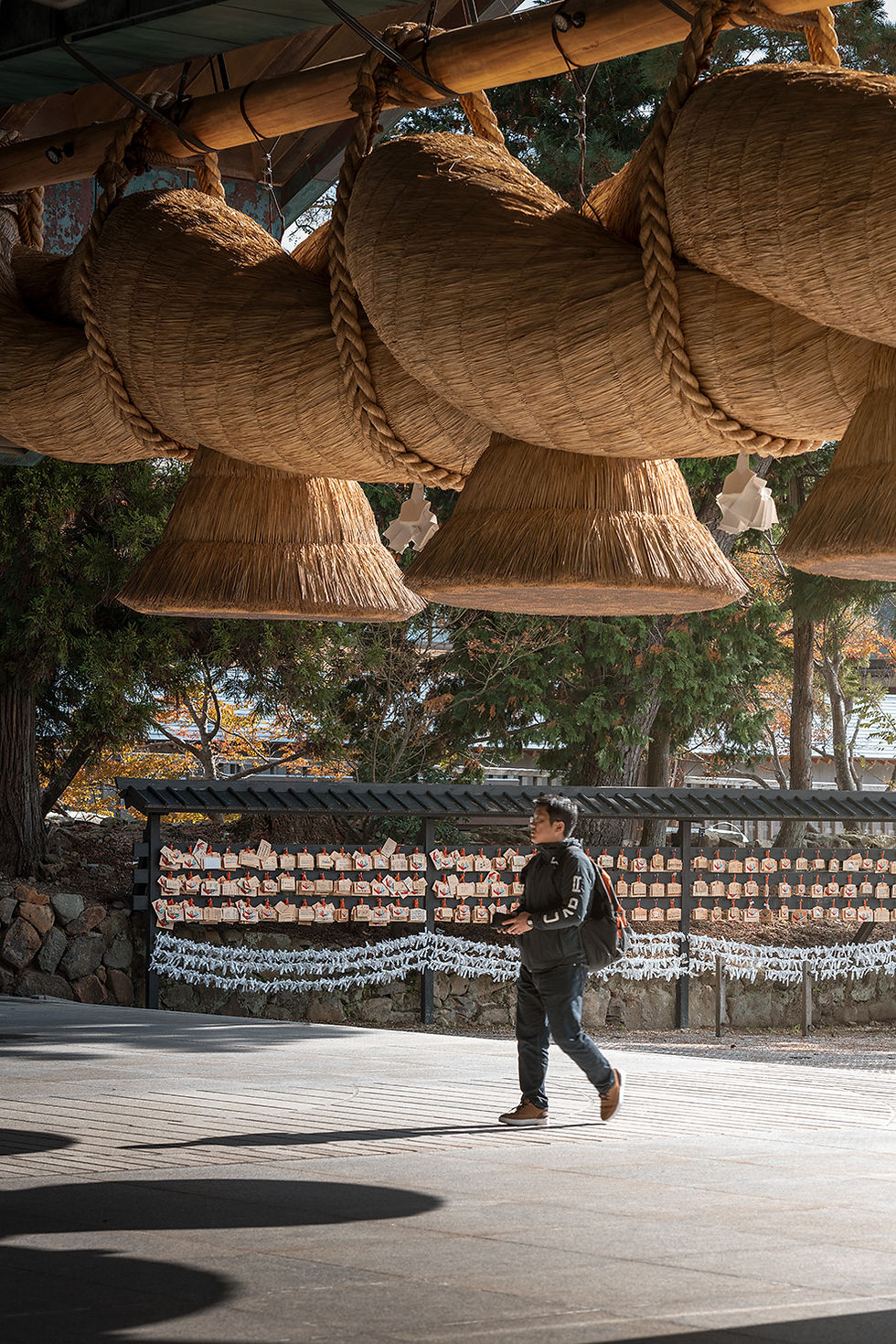The Chugoku Region: A Journey through History, Geography, and Specialties
- leilatokyotrip
- Feb 16
- 3 min read
Updated: Mar 11
The Chugoku region, located in the western part of Japan’s main island, Honshu, is often overshadowed by major Japanese metropolises like Tokyo and Kyoto. Yet, this region, rich in history, diverse landscapes, and culinary specialties, deserves special attention.
Geography of the Chugoku Region
The Chugoku region consists of five prefectures: Hiroshima, Okayama, Shimane, Tottori, and Yamaguchi. It is bordered by the Sea of Japan to the north, the Seto Inland Sea to the south, and the Chūgoku Mountains, which run east to west through the region. These mountains play a crucial role in the region’s climate and agriculture, creating a clear division between the coastal and inland areas.
The northern part, facing the Sea of Japan, is known as San’in, while the southern part, bordering the Seto Inland Sea, is called San’yō. San’yō enjoys a milder climate, ideal for agriculture, while San’in, being more mountainous, is often covered in snow during winter. The region’s varied landscapes offer stunning vistas, from the Tottori Sand Dunes to the rugged Shimane coastlines and the terraced rice fields of Okayama.

History of Chugoku
The history of the Chugoku region is deeply intertwined with Japan’s national history, dating back centuries before the modern era. Hiroshima, perhaps the most well-known prefecture, tragically became the target of the first atomic bomb on August 6, 1945. However, the city has since been rebuilt and stands today as a symbol of peace, with the Hiroshima Peace Memorial Park and the Atomic Bomb Dome, both UNESCO World Heritage Sites.
Himeji Castle, though located just at the border of the Chugoku region in Hyogo Prefecture, is another historical highlight. Often referred to as the "White Heron Castle" for its brilliant white facade, it is one of the best-preserved examples of Japanese castle architecture and is also a UNESCO World Heritage Site.
Shimane, with its city of Matsue, is home to Izumo Taisha, one of Japan’s oldest and most significant Shinto shrines. This shrine is central to many legends and plays a key role in Japanese mythology. According to tradition, all Shinto gods gather at Izumo Taisha once a year, making it an important pilgrimage site.

Culinary and Craft Specialties
The Chugoku region is also renowned for its unique culinary specialties, influenced by its geography and history. Each prefecture in the region offers its own gastronomic delights.
Hiroshima is famous for its okonomiyaki, a type of Japanese pancake filled with cabbage, noodles, meat, and seafood, topped with okonomi sauce. Unlike Osaka-style okonomiyaki, Hiroshima's version is prepared in layers, giving it a distinctive texture. Hiroshima is also known for its oysters, cultivated in the Seto Inland Sea. These plump and flavorful oysters are often served grilled or as tempura.
Okayama, known as the "granary of Japan," is famous for its white peaches and Muscat grapes, both considered luxury fruits in Japan. Another regional dish is bara-zushi, a type of "chirashi" sushi (scattered sushi) showcasing the freshness of local ingredients, including pickled vegetables and fish.
Tottori Prefecture is renowned for its Nashi pears, which are juicy and sweet, and its sake, made from the pure water of the Chugoku Mountains. The Tottori Sand Dunes, Japan’s largest, are a must-visit, offering camel rides and spectacular views of the Sea of Japan.
Shimane is known for its shijimi, a small clam harvested from Lake Shinji, often used in soups and traditional dishes. The sake of Shimane is also highly prized, thanks to the pure mountain water in the area.
Located at the western tip of Honshu, Yamaguchi is famous for fugu (pufferfish), a delicate dish that requires meticulous preparation to avoid its toxicity. The city of Shimonoseki is the hub of this specialty, offering various fugu dishes, from simple soups to fugu sashimi.
Cultural Heritage and Tourist Sites
Beyond its cuisine, the Chugoku region boasts numerous tourist attractions and cultural heritage sites. The Okayama Korakuen Garden, ranked among Japan’s top three landscaped gardens, is a peaceful retreat offering breathtaking views of Okayama Castle.
The Kintaikyo Bridge, located in Iwakuni, Yamaguchi Prefecture, is another iconic site. This wooden bridge, with its elegant arches, is a masterpiece of engineering and a symbol of the region. The Rurikoji Temple in Yamaguchi, with its five-story pagoda, is another example of the region’s rich history and culture.
Finally, the city of Hagi in Yamaguchi Prefecture is known for its well-preserved samurai district and traditional pottery, hagi-yaki, admired for its unique texture and its ability to change color over time.

Conclusion
The Chugoku region is a hidden gem of Japan, offering a rich blend of natural landscapes, ancient history, culture, and culinary delights. Although often overlooked by tourists, those who take the time to explore Chugoku are rewarded with an authentic Japanese experience, away from the hustle and bustle of the larger cities. Whether you are drawn to history, nature, or gastronomy, Chūgoku has something for everyone.
Hiroshima Official Website
Hiroshima Location on Maps







Comments